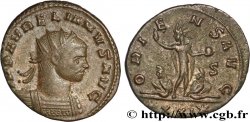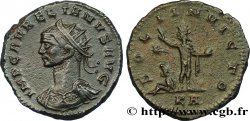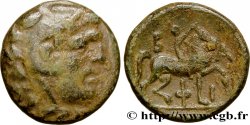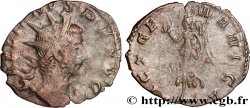v24_0621 - AURELIAN Sesterce, (MB, Æ 25)
MONNAIES 24 (2005)
Starting price : 175.00 €
Estimate : 250.00 €
unsold lot
Starting price : 175.00 €
Estimate : 250.00 €
unsold lot
Type : Sesterce, (MB, Æ 25)
Date: début - septembre 275
Date: début - septembre 275
Mint name / Town : Roma
Metal : bronze
Diameter : 24,5 mm
Orientation dies : 12 h.
Weight : 6,27 g.
Rarity : R1
Officine: 4e
Emission: 11e
Coments on the condition:
Très beau portrait. Jolie patine vert noir, légèrement granuleuse. Flan ovale
Catalogue references :
Obverse
Obverse legend : IMP AVRELI-ANVS AVG.
Obverse description : Buste d’Aurélien, tête laurée, à droite, avec cuirasse, vu de trois quarts en avant (B*).
Obverse translation : “Imperator Aurelianus Augustus”, (L’empereur Aurélien auguste).
Reverse
Reverse legend : CONCOR-DI-A - AVG// .
Reverse description : Séverine, drapée, debout à droite, donnant la main droite à Aurélien, lauré, en habit militaire, debout à gauche, tenant un sceptre de la main gauche ; entre eux, dans le champ, la tête de Sol (le Soleil) radiée et drapée, tournée à droite.
Reverse legend : D
Reverse translation : “Concordia Augusti”, (La Concorde de L’auguste).







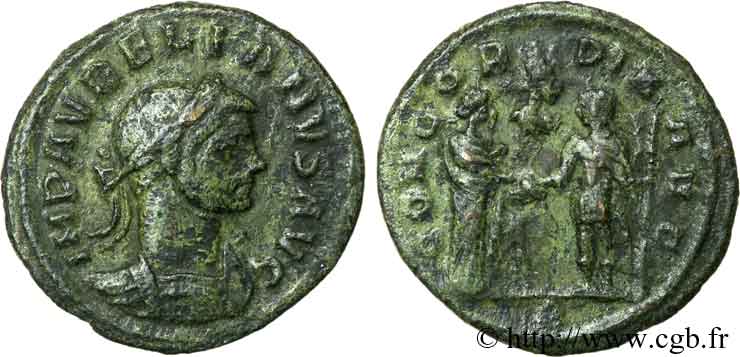
 Report a mistake
Report a mistake Print the page
Print the page Share my selection
Share my selection Ask a question
Ask a question Consign / sell
Consign / sell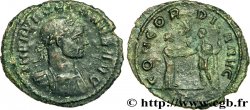
 Full data
Full data